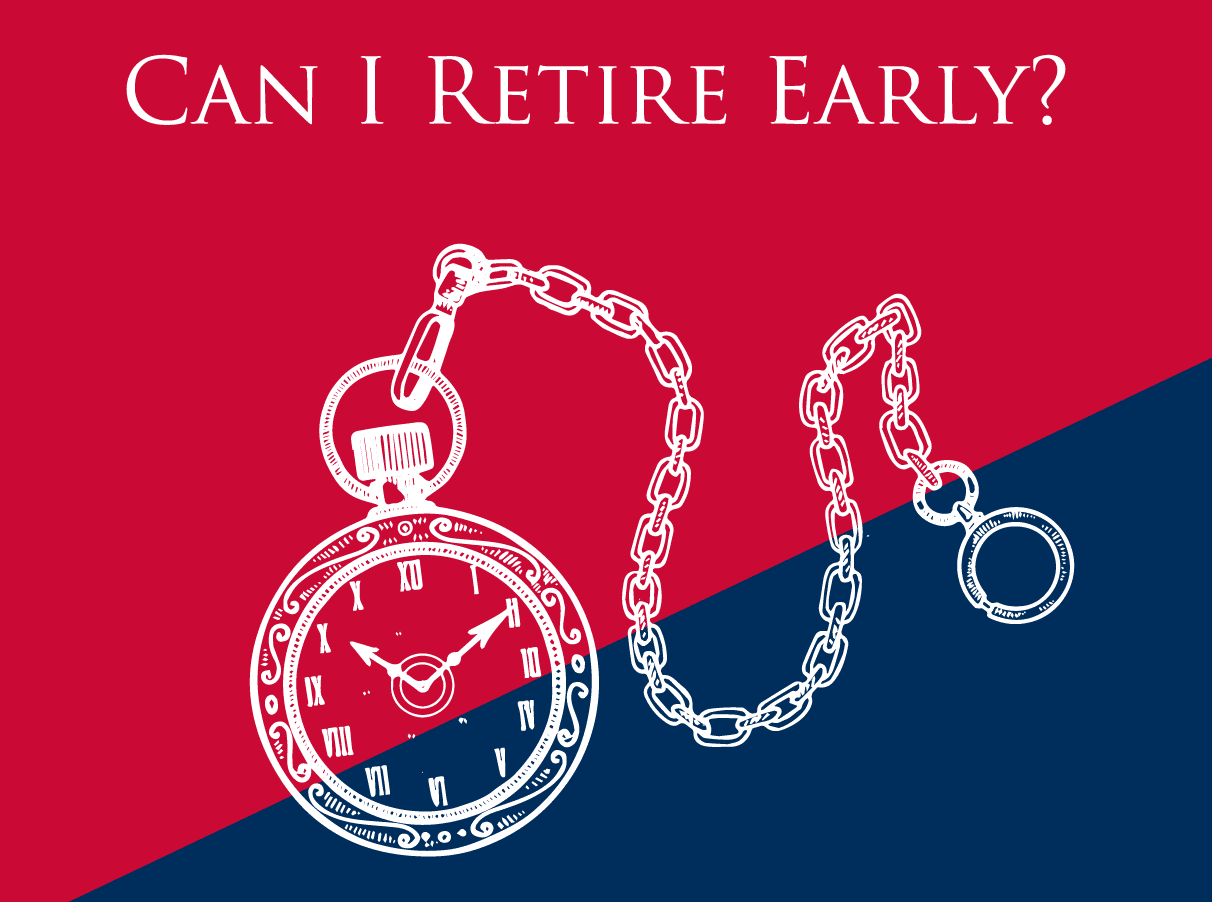Retiring early is a dream that many of us share. The idea of enjoying your golden years ahead of schedule is alluring, but it requires meticulous planning and disciplined financial decisions. I’ve previously written on the FIRE Movement, which is certainly an interesting experiment into “super early” retirement.
While the question “can I retire early?” might seem daunting, with the right approach and mindset, it’s an achievable goal. In this article, we’ll outline logical and simple steps you can take to position yourself for early retirement by the age of 50.
Step 1: Develop a solid Financial Plan
The foundation of any successful early retirement journey begins with a well-structured Financial Plan. This plan should consider your current financial situation, future income projections, and expected expenses. However, at its core this should be a values-based plan.
This means that you first need to ask yourself what retirement means to you.
Do you really want to stop working at 50? Maybe you just want enough financial freedom so you can spend your time how you want and with who you want. Most of the families we work with don’t ‘retire’ when they achieve financial freedom, but they do focus on a greater work/life balance.
Start by setting clear goals for your future and breaking them down into manageable milestones. Working with a financial planner will help identify how much money you’ll need to support your desired lifestyle during retirement, and will consider factors such as inflation, healthcare costs, and unexpected expenses.
Step 2: What’s your number?
Understanding how much you’ll need to save is crucial.
A good starting point is the rule of 300. You take your expected monthly lifestyle expenses and multiply by 300.
Let’s say you’ve worked out that you’ll spend €5,000 per month in retirement.
-
€5,000 * 300 = €1,500,000.
Therefore, you’d need at least a pot of €1.5mil if you wanted to maintain your lifestyle expenses in retirement.
There are plenty of caveats to using this rule of thumb, such as tax, inflation, investment returns, and unexpected or milestone expenses, but it’s a decent jumping off point.
Step 3: Calculate your required investment return
The earlier you retire, the more likely you are to need higher investment returns. And you need to think in real terms.
We can all see the effect of inflation over the last few years, and this can decimate your savings unless you invest in assets that beat inflation. Historically, the global stock market has beaten inflation by about 6-7% p.a. if you stick with it for the long term (which isn’t easy to do on your own).
You will need to factor in market volatility and your own attitude to risk. Markets don’t go up in a straight line and reacting to short term market corrections is probably the biggest behavioural threat to your retirement plan.
Step 4: Understand your lifestyle expenses
While striving for early retirement, it’s important to find a balance between saving and enjoyment. Evaluate your current spending habits and identify areas where you can cut back without sacrificing your quality of life.
Get rid of expenses that don’t add value but be careful not to ‘over save’. You need to enjoy the journey along the way.
Just like going to the gym or starting a new diet, if you try to cut too much too fast, you’ll more than likely pack it in after a while and end up with a worse outcome. We ask the families we work with to be conscious about their spending rather than implementing a strict budget.
Step 5: Consider alternate income streams
Even a small amount of extra income in retirement can go a long way. Remember, you’re more likely to have your mortgage cleared and your children raised, so a lot of your current expenditure may no longer be relevant.
A lot of people who retire early still do some self-employed work, using the skills they have honed over their career. Start thinking about how you could use your skills and expertise in retirement.
Can you do some contracting or consulting work with other business that still give you the flexibility and freedom to be master of your own calendar?
Step 6: Continuously monitor and adjust
Financial landscapes change over time and so do your goals and aspirations. It’s therefore vital to regularly review and adjust your financial plan.
Life events, market fluctuations, and personal goals may require you to make changes in your investment strategy, savings rate, or retirement timeline. Staying flexible and adaptable will help you navigate challenges and seize new opportunities as they arise.
What next?
Achieving early retirement is an attainable goal for those families willing to put in the effort and discipline. By following these logical and simple steps – from crafting a robust financial plan and calculating your retirement nest egg to managing expenses – you can set yourself up for a fulfilling retirement by the age of 50.
Remember, early retirement requires dedication and consistency, but the rewards of financial freedom and the ability to enjoy life on your terms are well worth the journey.
If you’d like to talk more about your retirement plans, how you can retire early, or get your own personal plan in motion, please don’t hesitate to give us a call on 01 908 1500 or email us at info@metisireland.ie.
Cian Callaghan
Private Client Manager
Disclaimer
Metis Ireland Financial Planning Ltd t/a Metis Ireland is regulated by the Central Bank of Ireland.
All content provided in these blog posts is intended for information purposes only and should not be interpreted as financial advice. You should always engage the services of a fully qualified financial adviser before entering any financial contract. Metis Ireland Financial Planning Ltd t/a Metis Ireland will not be held responsible for any actions taken as a result of reading these blog posts.





